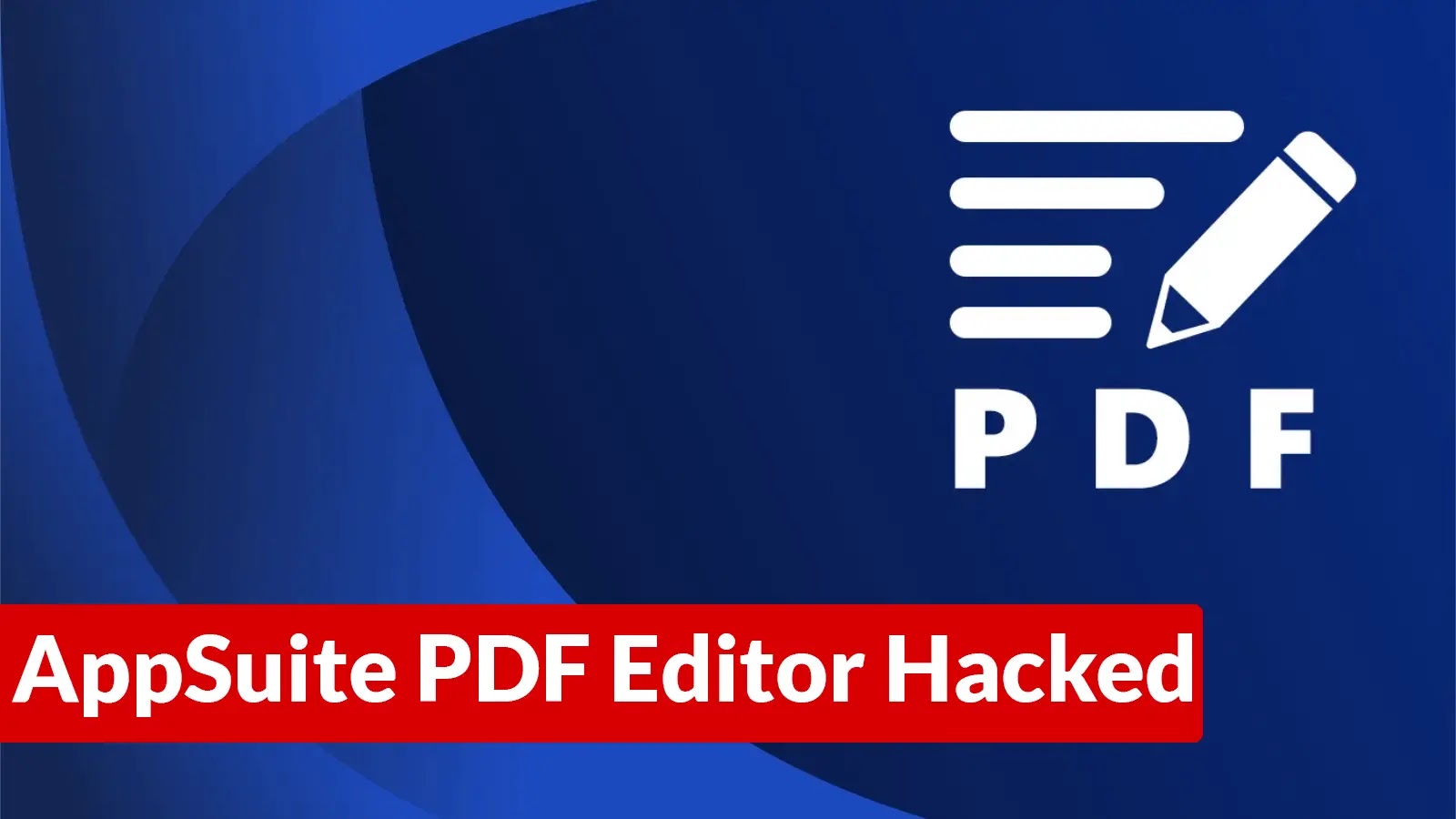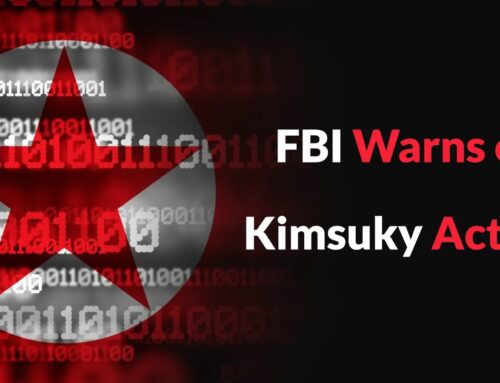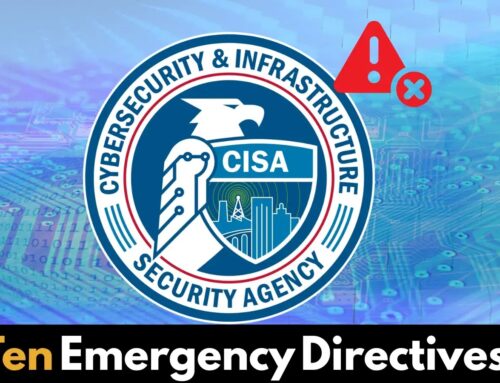
AppSuite PDF Editor Hacked to Execute Arbitrary Commands on The Infected System
The pursuit of free software can sometimes come at an exorbitant cost. A recent, sophisticated malware campaign underscores this risk, targeting users eager for complimentary PDF editing solutions. This campaign leverages a malicious application masquerading as the legitimate “AppSuite PDF Editor,” illustrating a critical threat vector for arbitrary command execution on unsuspecting systems.
As cybersecurity professionals, understanding the tactics, techniques, and procedures (TTPs) behind such attacks is paramount. This analysis dissects the AppSuite PDF Editor compromise, detailing its distribution, infection mechanism, and the severe implications for those affected.
The Deceptive Distribution Network
The initial vector for this malware is a network of highly sophisticated, deceptive websites. These sites are meticulously designed to mimic legitimate download portals for productivity tools, ranking high in search engine results to ensnare users seeking solutions like a free PDF editor. The cybercriminals behind this operation have invested significantly in creating a convincing façade, leveraging search engine optimization (SEO) techniques to ensure their malicious offerings appear prominently.
Users, often unaware of the underlying malice, are drawn to these sites believing they are accessing a reputable source for software. This social engineering component is critical to the campaign’s success, as it preys on trust and the desire for readily available, free utilities.
Malware Packaging and Infection Mechanism
Upon clicking the download link on these deceptive portals, users receive a Microsoft Installer (MSI) file. This is a common and often trusted package format for Windows applications, adding another layer of legitimacy to the attack. However, within this benign-looking MSI lies the true payload.
When executed, the malicious MSI file initiates an infection chain designed to achieve persistence and facilitate arbitrary command execution. While specific technical details on the payload’s exact functionalities were not fully disclosed in the source, the core capability is the ability to run unauthorized commands on the compromised system. This could range from data exfiltration and credential harvesting to deploying ransomware or establishing remote access for further malicious activities.
The absence of a specific CVE number for this particular campaign highlights its nature as a social engineering and malware distribution effort rather than a software vulnerability exploit. However, the outcome – arbitrary command execution – represents a critical security compromise.
Implications of Arbitrary Command Execution
Arbitrary command execution is among the most severe types of security vulnerabilities or attack outcomes. It grants attackers the ability to run any command they wish on the compromised system, effectively taking full control. The consequences are far-reaching and can include:
- Data Exfiltration: Sensitive personal, financial, or corporate data can be stolen.
- System Compromise: The attacker can install additional malware, modify system configurations, or create new user accounts to maintain persistence.
- Ransomware Deployment: Critical files can be encrypted, crippling operations and extorting payment.
- Lateral Movement: The infected system can serve as a jumping-off point to infiltrate other systems within a network.
- Botnet Enlistment: The compromised machine can be conscripted into a botnet for distributed denial-of-service (DDoS) attacks or spam distribution.
Remediation Actions and Prevention
Protecting against sophisticated malware campaigns like the AppSuite PDF Editor scam requires a multi-layered approach encompassing technical controls and user education.
Technical Measures:
- Endpoint Detection and Response (EDR)/Antivirus: Ensure all endpoints are equipped with robust EDR or next-generation antivirus solutions capable of detecting and blocking malicious executables and anomalous behavior. Keep definitions updated.
- Application Whitelisting: Implement application whitelisting policies to prevent the execution of unauthorized software, allowing only approved applications to run.
- Network Segmentation: Segment networks to limit the lateral movement of malware in case of a compromise.
- DNS Filtering: Utilize DNS filtering services to block access to known malicious domains, including those used for distributing malware.
- Principle of Least Privilege: Enforce the principle of least privilege, restricting user and application permissions to only what is necessary for their functions.
User Education and Best Practices:
- Source Verification: Educate users to download software exclusively from official vendor websites or trusted app stores. Always verify the authenticity of download links.
- Beware of Free Software from Untrusted Sources: Emphasize that free software from unknown or suspicious websites often comes with hidden risks.
- Check Digital Signatures: Train users to check the digital signatures of downloaded executables and MSI files to verify their legitimacy.
- Rethink “Free”: Promote a culture where something “too good to be true” (like fully featured commercial software for free) is treated with extreme skepticism.
Relevant Tools for Detection and Mitigation:
| Tool Name | Purpose | Link |
|---|---|---|
| Virustotal | Upload and analyze suspicious files/URLs for malware. | https://www.virustotal.com/ |
| YARA Rules | Malware pattern matching and detection. | https://virustotal.github.io/yara/ |
| Sysinternals (Process Explorer, Autoruns) | Deep system process and startup item analysis for anomalies. | https://learn.microsoft.com/en-us/sysinternals/ |
| Next-Gen AV / EDR Solutions | Endpoint protection, detection, and response against advanced threats. | Vendor specific (e.g., CrowdStrike, SentinelOne, Microsoft Defender for Endpoint) |
Conclusion
The AppSuite PDF Editor hack serves as a poignant reminder that cyber threats often exploit human vulnerabilities as much as technical ones. The sophisticated distribution tactics employed in this campaign highlight the constant need for vigilance and a proactive security posture. Organizations and individuals alike must prioritize secure software acquisition practices, robust endpoint protection, and continuous security awareness training. Remaining informed about evolving threat landscapes is crucial for mitigating risks and safeguarding digital assets from arbitrary command execution and other illicit activities.





